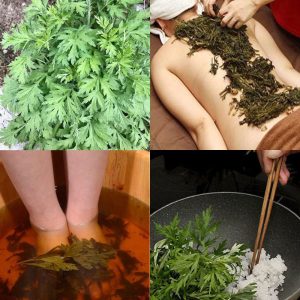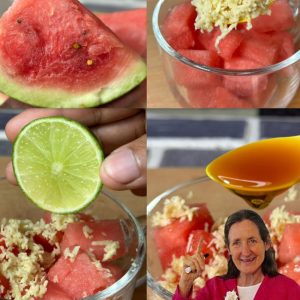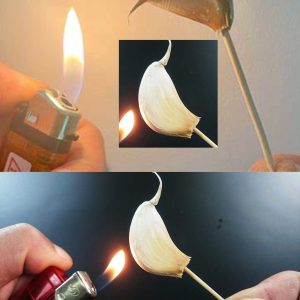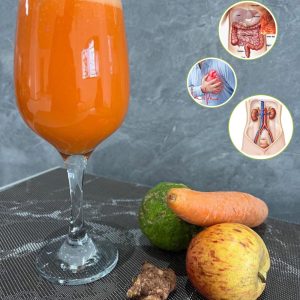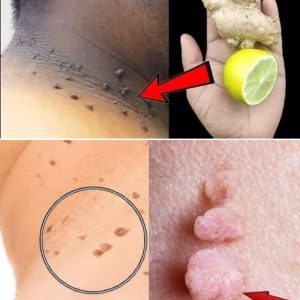It may sound unconventional, but garlic isn’t just for adding flavor to your favorite dishes; it can also be a powerful ally in your oral health regimen. Known for its strong antibacterial properties, garlic has been a staple in traditional remedies for centuries. Here’s how you can use this common kitchen ingredient to tackle tartar and achieve a brighter smile in just a couple of minutes.
Why Garlic?
- Garlic Paste: Crush a fresh garlic clove into a paste and apply it directly to your teeth and gums. Let it sit for 1-2 minutes before rinsing thoroughly with water. For a less intense experience, you can mix the garlic paste with a small amount of salt, which can boost the antibacterial effects and act as a gentle abrasive to help remove tartar.
- Garlic Mouthwash: For a less direct approach, you can make a garlic mouthwash. Steep minced garlic in warm water for a few minutes, then strain. Use this garlic-infused water as a mouthwash, swishing it around your mouth for about a minute before rinsing.
Safety and Precautions
- Strong Odor: Garlic is notorious for its strong, lingering smell. To combat garlic breath, rinse your mouth with an apple cider vinegar solution or chew on fresh parsley or mint leaves after your treatment.
- Sensitive Teeth and Gums: If you have sensitive teeth or gums, garlic might cause irritation. It’s important to test a small amount first or consult with your dentist before regular use.
- Tartar Removal: While garlic can help reduce bacteria and prevent new tartar from forming, it’s not a substitute for professional dental cleaning required to remove existing hardened tartar.
Why Dentists Might Not Recommend It
Garlic’s unconventional use in oral care and its potential to cause discomfort might be reasons why many dentists do not routinely recommend it as a go-to solution for tartar removal and teeth whitening.
Conclusion
Garlic offers a quick, natural way to help manage oral bacteria and whiten teeth. However, it should be used with caution and as part of a broader oral health routine that includes regular brushing, flossing, and professional dental check-ups. Remember, while home remedies can be helpful, they do not replace the expertise and equipment of a professional dental care provider.
